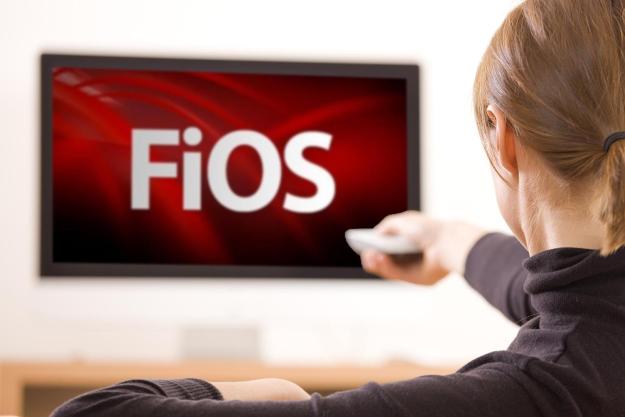Wearable technology might seem like a distinctly 21st century innovation, but we’ve been augmenting ourselves with tech long before Google dreamed up Android Wear.
You could apply the broadest definition of wearable technology to technology dating all the way back to the 17th century, when humans first starting wearing time-keeping objects. We get a tad closer to our current parameters around the early 1800s, when spring-controlled pocket watches first began appearing on the scene.
The thing looks like Google Glass, if it had been designed by your eight-year-old nephew.
But not every piece of archaic wearable tech went over like a pocket watch or Walkman. Along the way, there were also some real duds — products that certainly had their heart in the right place, but weren’t long for this world, due to price, poor implementation, unpolished technology, bad marketing or some combination thereof. Fortunately, we still remember them.
Hewlett-Packard HP-01, 1977
This one’s been making the rounds quite a bit lately, thanks to HP recently announcing a new luxury smart watch, to sell through online retailer Gilt. The tech-blogging community was more than happy to point out that the product wouldn’t be the company’s first dip in the smartwatch waters —because, really, what’s smarter than a calculator? The aptly named HP-01 debuted the same year as Elvis Costello and Fantasy Island. In addition to being the world’s most fashionable tip calculator, the HP-01’s concave buttons required a stylus before they were cool, uncool and then cool again. And with a price of between $2,500 to $3,300 in today’s money, it was the perfect way to calculate how little money you had left in your bank account after the extravagant purchase. While the product was discontinued by the end of the decade, we’re glad to see HP getting back on that horse. If the company’s still looking for the perfect name, might we suggest the HP-02?
Keith Taft’s George Blackjack Shoe Computer, 1972
All right, so this one’s a bit of a cheat, but honestly, it’s too good not to mention. The lengths at to which Keith Taft went to in order to gain a competitive advantage is the stuff of legend, building an extremely early example of a networked microcomputer he fit in a pair of modified shoes to help him count cards. The device, affectionately named “George” was fairly massive by today’s standards at 15 pounds, but there’s something to be said for applying the same sort of single-focused drive that got us to the moon to something like blackjack.
Seiko TV Watch, 1982
Seiko’s simply named TV Watch certainly didn’t fail from lack of hype. The wrist-worn device popped up in the 1983 Bond flick Octopus and secured a spot in the following year’s Guinness Book of World Records under the “world’s smallest TV”category. The promise of an early 80s wrist TV was, naturally, too good to be true on a number of accounts. For starters, the watch needed to be to tethered to a receiver several times its size, meant to be carried in a shirt pocket. Then there’s the price —around $1,331 in today’s dollars. But hey, you also got AM/FM radio for that price. Bond-verse and eBay aside, the TV Watch ultimately never made it outside of Japan.
Reflection Technology Private Eye, 1989
Released in 1989, the Private Eye offered a computer monitor away from the prying eyes of others by mounting a bulky 1.25-inch monochrome screen to a pair of glasses. The device promised to deliver a similar experience to that of looking at a 15-inch monitor at 18-inches away —and a little added neck strain, no doubt. The product’s display would ultimately find some popularity with universities and hackers, who adapted the product to their own needs.
Xybernaut Poma, 2002
Named Wearable Internet Appliance when Hitachi first unveiled the product in 2001, this head-worn device debuted in the US with the decidedly less dishwasher-like name Poma. Granted, it seemed like a good idea at the time, but in retrospect, the thing looks like Google Glass, if it had been designed by your eight-year-old nephew. Designed to work with Microsoft products like Word, Outlook and IE, the $1,500 Windows CE-running device was large, unwieldy and came with a bunch of tethered peripherals.
MSN Direct Smart Watches, 2004
You know we’re getting closer to the current batch of devices once the term “smart watches”is bandied about. When Microsoft’s MSN Direct Smart Watches were first unveiled at CES 2004, there was plenty to be excited about in those heady pre-iPhone days. They synced emails, delivered news, sports, weather and such through SPOT FM technology, and charged up wirelessly. Sadly, the SPOT got off to a bumpy start, and was soon be eclipsed by cellular broadband. Microsoft ultimately discontinued the line in 2008 and shut down SPOT altogether in 2011.


